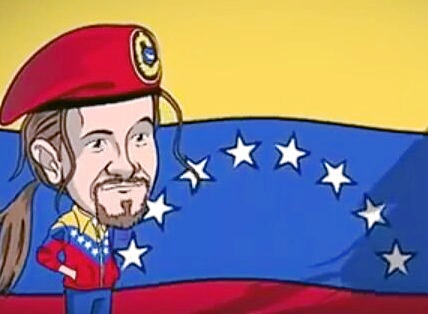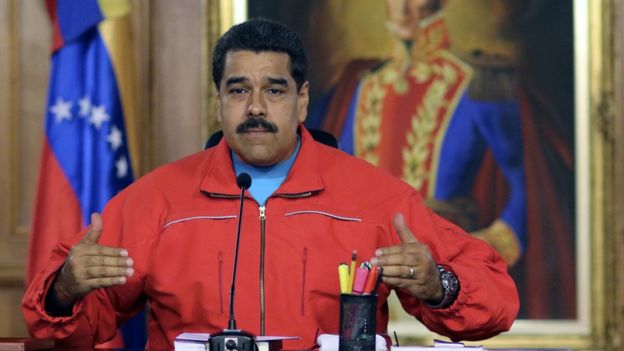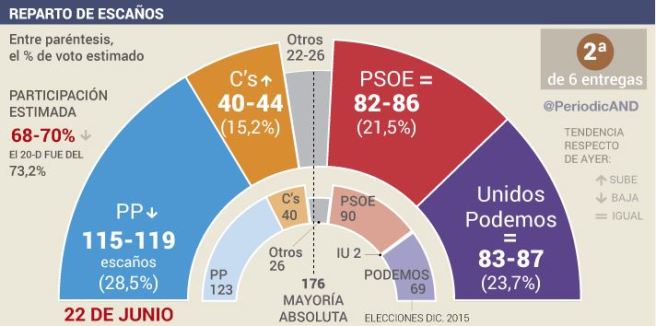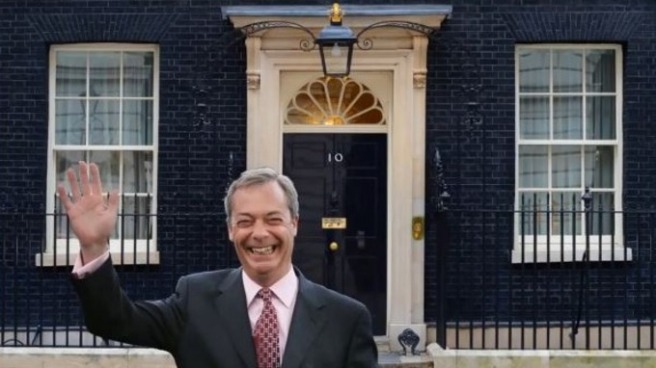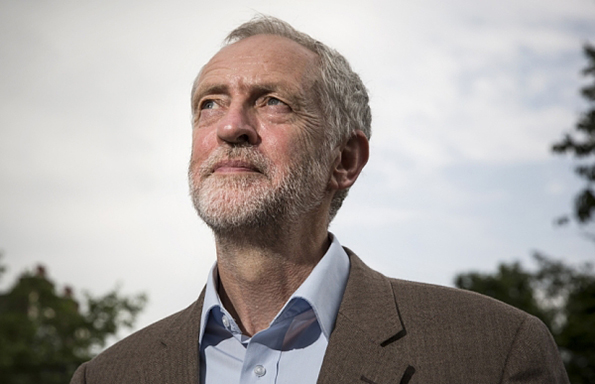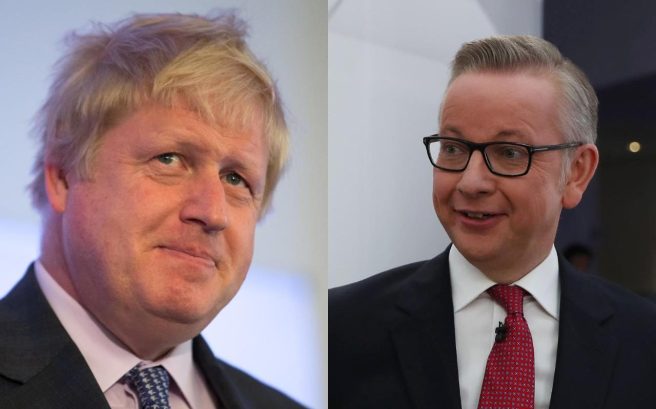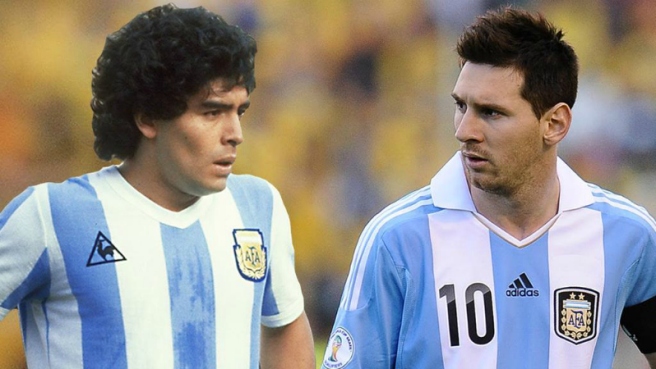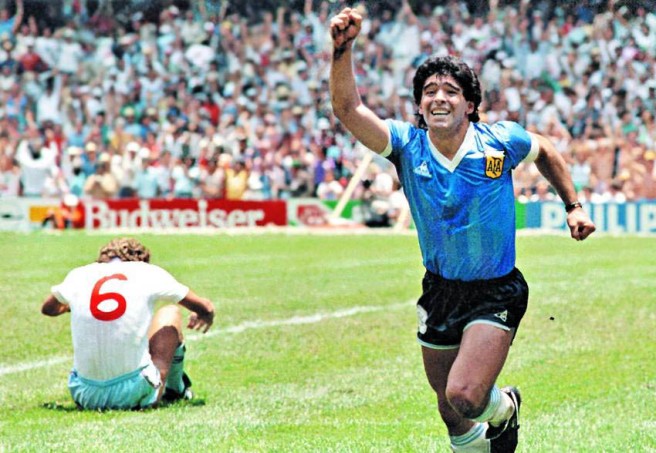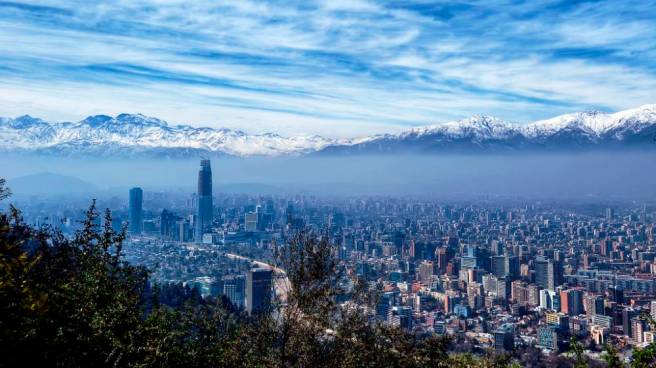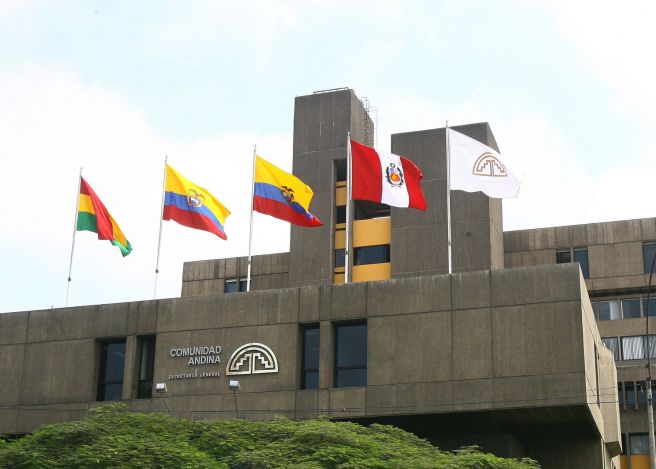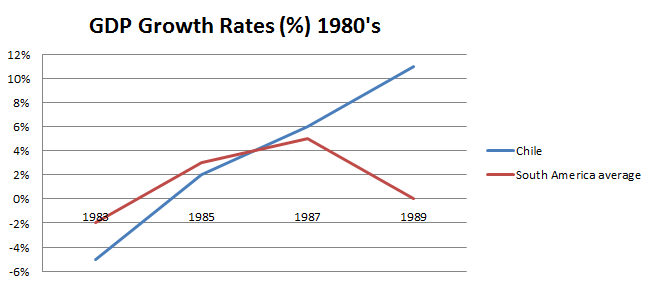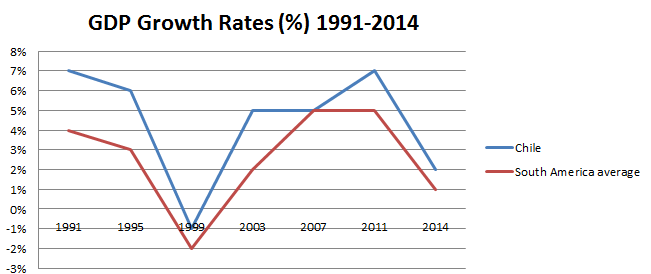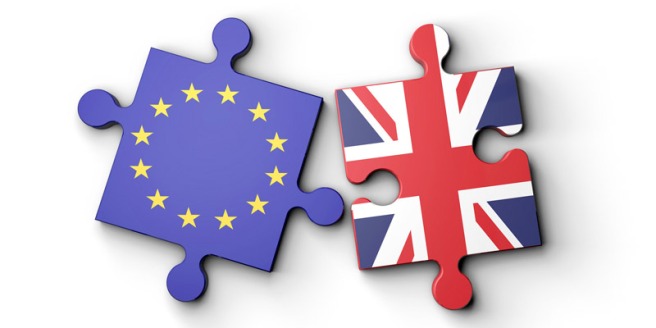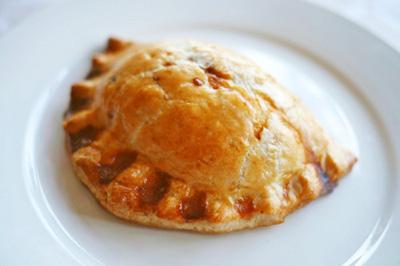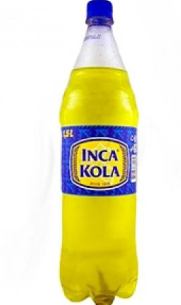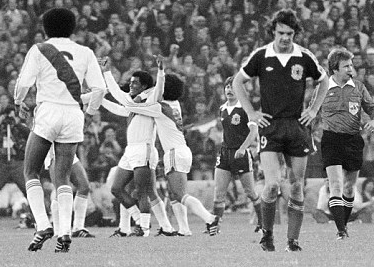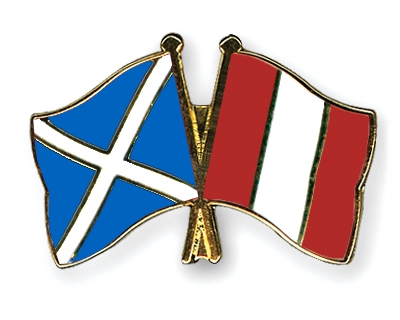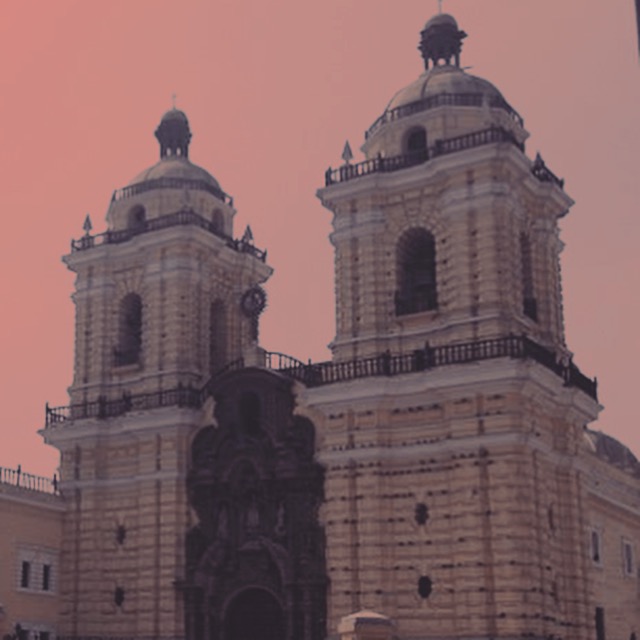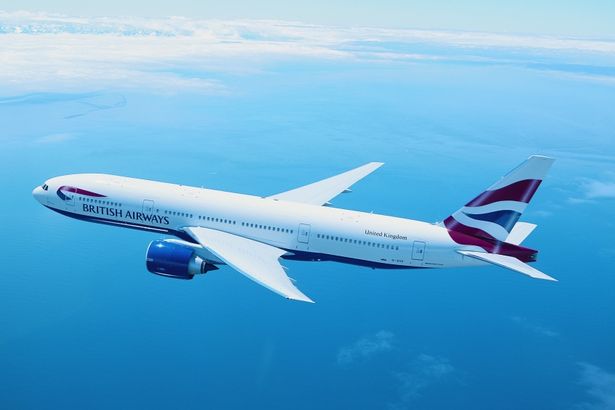If you feel like it’s not been four years since the last Copa America then you are right – it’s only been a year, however due to a special agreement between CONMEBOL (South American Football Association) and CONCACAF (North & Central American Football Association) we will be entertained this summer (winter for Southern hemisphere readers) by a special centenary edition of the tournament. The 45th edition of the tournament, celebrating its 100th anniversary will be hosted by the United States from this Friday to 26th June, and will be an enlarged version with 16 teams vying for the trophy. See below Savio’s preview of the competition and predictions (I’ve been very bold!).
Group A:
Group A is without doubt the most competitive of the four groups, featuring two World Cup quarter finalists from Brazil 2014, and tournament hosts the United States. As hosts, the United States under Jurgen Klinsmann will be determined to make an impact on the tournament and have targeted reaching the semi-finals as a minimum target – Klinsmann is still trying to find his perfect starting eleven, and finds himself under pressure following a poor 2015 and a stuttering start to World Cup qualification, which has seen his side lose to Guatemala. The 23-man US squad is a blend of youth and experience as they look to pass through a tough group, made all the tougher with the injury of striker Jozy Altidore, who misses the competition.

(Photo – CBS Sports)
Colombia are favourites to top this group and their depth in talent is illustrated in the exclusion of both Falcao and Jackson Martinez. With the likes of James Rodrigeuz, Juan Cuadrado, and Carlos Bacca, the Colombians have plenty of fire power that can take them far in the tournament, however they are prone to conceding goals as proven so far in their World Cup qualifying campaign – so Colombian progression may hinge on outscoring opponents.
Breakout performers from the 2014 World Cup Costa Rica are also in Group A, and as shown in Brazil two years ago should not be underestimated – The Costa Ricans with Joel Campbell and Bryan Ruiz leading the line have recently defeated the hosts in a friendly, and will be going to this tournament again to make a statement.
Paraguay make up group A but will be there to do more than just make up the numbers – recent good form in South American qualifying saw them denied victory at home to Brazil but for a last minute equaliser from Dani Alves, and showed they can turn it on when they want it to.
Group B:
Brazil will catch the eye as favourites in group B, however with success at the upcoming Rio Olympics on their minds have decided to sacrifice this Copa America, and have left out key players including Barcelona’s Neymar – that said they should still get through and win the group.
Ecuador with the likes of Enner Valencia, Michael Arroyo, and Jefferson Montero will be fancied to join Brazil in the quarter-finals, however a new-look and youthful Peru will look to upset the apple cart – the Peruvians recent performances in the Copa America have been impressive, reaching the semi-finals in the last two. Shock qualifiers Haiti with 10 players playing for clubs in top European leagues shouldn’t be taken lightly, however all three of their group opponents will be disappointed not to grab three points over them.
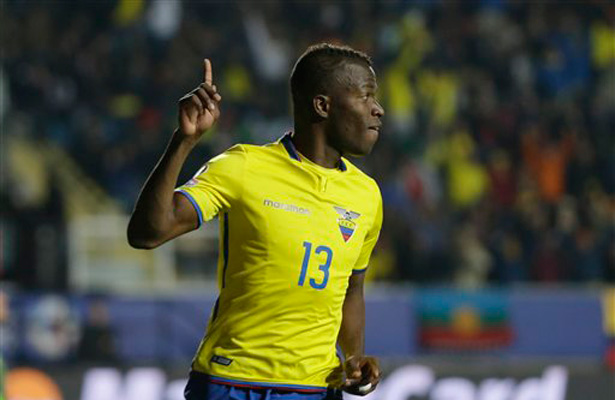
(Photo – Esto en Linea)
Group C:
Mexico are the form team going into the tournament, and are on an eleven game unbeaten run, and with an-almost home advantage may see this as their best chance ever to capture a major football trophy, which has somehow alluded their history. The Mexican’s have not conceded a goal under manager Carlos Osorio, showing their defensive qualities, and with the firepower of Javier Hernandez up front should ease through this group, and fancy their chances in going all the way for the first time.

(Photo – Daily Mail)
Uruguay will be without injury-hit Luis Suarez; however La Celeste will have too much for Jamaica and Venezuela with the attacking quality of Edison Cavani, and Atletico Madrid’s Jose Gimenez and Diego Godin in defence.
Venezuela have forever been the “whipping boys” in South American football and while this tournament may come too soon, there are signs of improvement with a new generation of talent coming through that includes West Brom’s Salomon Rondon, and Malaga’s Mikel Villanueva. Jamaica, like Venezuela will be underdogs in this group and will likely not be able to overcome Mexico or Uruguay, however this is the Reggae boys’ second Copa America in a row, and as Gold Cup finalists last year should not be considered a walkover.
Group D:
Group D looks a foregone conclusion with both of last year’s finalists Argentina and Chile looking certain to progress over Bolivia and Panama; however that was not nearly the case as the Argentinians nearly withdrew due to a dispute between the AFA (Argentinian Football Association) and authorities in Argentina concerning financial irregularities. The AFA confirmed yesterday that Argentina will take part however, and will be looking to end their 23 year run of not winning the trophy. Lionel Messi is included in Argentina’s 23 man side and will once again look to win an major international title for the first time in his career, an honour that has escaped him so far, and for some is the reason why he is not better than Diego Maradona, who for many won Argentina the World Cup in 1986 on his own. La Albiceleste had a slow start to South American qualifying, but recent form has seen a stark improvement, winning the last three on the trot, including away wins in Chile and Colombia – Gabriel Mercado and Angel Di Maria will both add to the Messi threat, and if the individual talents click there is no reason why Argentina cannot win the tournament.

(Photo – Getty)
2015 winners Chile are also in this group, and will be keen to hold on to their trophy. The Chileans however have slipped up a few times since winning last year’s tournament in World Cup qualifying (losing to Uruguay and Argentina respectfully), and recently lost in a friendly against Jamaica, raising questions on whether 2015’s success was the peak for La Roja’s current squad.

(Photo – CTV)
Bolivia will be unfancied particularly as they have only managed to win one in the last ten, and first time entrants Panama are likely to struggle against the pedigree of Argentina or Chile also.
Predictions:
Group A qualifiers
1) Colombia 2) Paraguay
I’ve gone for Colombia to win the group – I think they’ll draw with the US and Paraguay and defeat Costa Rica. Paraguay for second joint on 4 points with the US, but I fancy the Paraguayans to stun the US in Philadelphia and go through on the head-to-head.
Group B qualifiers
1) Brazil 2) Peru
I’ve gone with my heart here and backed my current home Peru – I think they will edge out Ecuador on goals scored.
Group C qualifiers
1) Mexico 2) Uruguay
I cant see past these two qualifying, for me its just a question of who finishes top , and with Mexico’s form and Uruguay’s lack of Suarez I think the Mexicans will win the group.
Group D qualifiers
1) Argentina 2) Chile
The same as group C as I cannot see past the favourites and it just comes down to who is topping the group – I think since winning the tournament last year Chile have gone off the boil, and Argentina will win the group.
Quarter finals
Colombia 2-0 Peru
A strong Colombian side will prove too much for a youthful Peru, Colombia to the semi’s
Argentina 2-0 Uruguay
A comfortable victory for the Argentinian’s over a Uruguay side lacking Suarez
Brazil 1-2 Paraguay
Paraguay I guess are my dark horses for this tournament and will shock Brazil again as they did last year with another quarter final victory over them. I think the experienced Paraguayan side will defeat a Brazilian side not taking this tournament as seriously as they could.
Mexico 2-1 Chile
An on form Mexico will end Chile’s short year-long reign of being Copa America champions with a win here – I think Mexico will be the more hungry and this will prove the difference.
Semi –finals
Colombia 1-1 Argentina (Colombia win on penalties)
I think this will be a tightly contested match that will see the Colombians win on penalties and extend the Argentinians trophy drought for two more years.
Paraguay 0-2 Mexico
Mexico will comfortably beat Paraguay here and soar into the final.
3rd place play off
Argentina 3-2 Paraguay
Another 4th place finish for Paraguay against an Argentina side bitter from a penalty defeat in the semis.
Final
Colombia 0-1 Mexico
Finally Mexico will win a major tournament with a 0-1 over Colombia in the final.
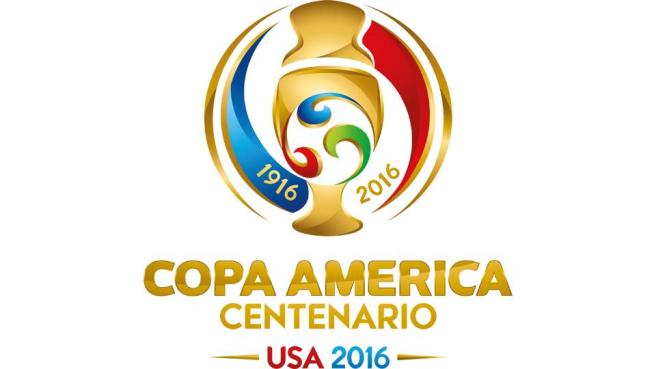
(Photo – Sports Illustrated)
Mexico are 11/1 to win the trophy at the moment – I might put some money on them, which team is your money on? let us know!
